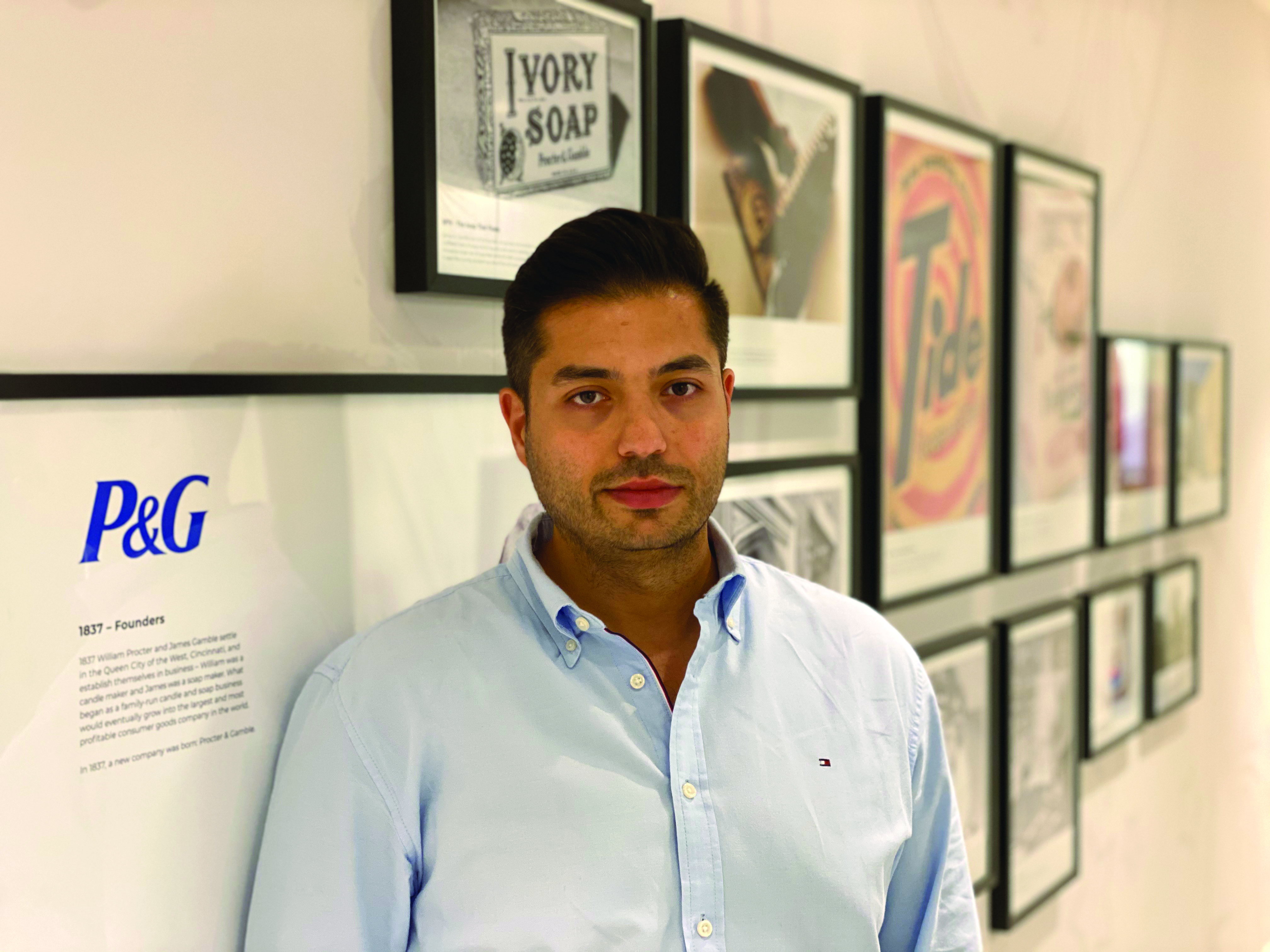 I’m blessed to be working with brands that are decades old – names such as Tide, Pampers and Gillette. They’re household names around the world, and they’re used by billions of people every single day. And yet we live in a time when everything is being disrupted. For the next generation, the likes of technology firms Netflix and YouTube are more important than brands they find in their local store.
I’m blessed to be working with brands that are decades old – names such as Tide, Pampers and Gillette. They’re household names around the world, and they’re used by billions of people every single day. And yet we live in a time when everything is being disrupted. For the next generation, the likes of technology firms Netflix and YouTube are more important than brands they find in their local store.
Much of this shift in trust is down to how brands communicate with consumers. Many of the most popular brands today are experiential, and millennials want to talk about and engage with brands that give them unique experiences and entertainment.
But I feel there’s a deeper issue at play here. While FMCG brands have a longer history with consumers and a sense of tradition, there’s a question around purpose. Many products today are commodities; you can find a dozen other brands on the shelf offering a similar result. In contrast, innovation is increasingly rare – it’s unusual to come across a product that will truly shake up a category.
The key to success today isn’t just the “why” of a brand, or what the brand does for a genuine consumer need. What we’re being asked by the public is: “What are you doing to help on the environment, on health, on the big issues that have meaning in today’s world?”
Given the state of oolitics in much of the world and the public desire for leadership on these big issues, consumers are increasingly looking towards brands not only to help find solutions but also to take a stand and provide a call to action.
The power of purpose is becoming a key driver in the decision-making process for shoppers. On-pack, in advertising and on websites, marketers – specially in the FMCG space, where decisions are made quickly – are looking to demonstrate that somehow as a shopper you are making the world a
better place by buying their product instead of any other brand.
Don’t just take my word for it. Time and time again, research proves that younger consumers are willing both to be loyal to and also to pay more for a brand that stands for a cause or takes action on a specific issue they care about. These findings aren’t new either. Back in 2016, Nielsen found that almost 75 per cent of millennial respondents would be willing to pay more for ‘sustainable offerings’. In the same year, EY released its own research indicating that 84 per cent of consumers would actually switch their normal brand for one associated with sustainability.
Understanding how consumers feel about purpose is one thing; finding a purpose that can become part of a brand’s identity is something else. Take Always, for example, and its work around the empowerment of women. The cause is global, and it aligns to the brand. And yet it has taken years to establish the link with consumers through campaign after campaign. Brand purpose doesn’t just come into being overnight. Efforts take time and persistence, and they have to make sense to your consumers.
For me, this is the real challenge for any marketer in the Middle East. How do you find a cause to support in a region such as ours, with countries where there’s either a surplus of civil discourse and issues that concern the public, or where societal debate is led by governments that tend to look after societal challenges by themselves? Contrast Lebanon, which has been rocked by protests over the past six months, with the UAE, which recently concluded its Year of Tolerance.
Trying to find a purpose that fulfills two basic needs – that consumers care about, and that is on the agenda of the region’s authorities – isn’t easy. But there are big issues that are on everybody’s agenda. The environment is one. Another is gender equality. Both are causes that people around the region care deeply about. They’re also part of wider national and regional initiatives, such as Saudi Arabia’s Vision 2030.
Smart marketers understand that consumers are asking for brands to be involved, to take a stand. Retailers have embraced purposes that are important to local communities, such as tackling wastage, preserving our planet’s biodiversity and supporting local suppliers and farmers. These locally driven causes are a point of difference for retailers and, when it comes to choosing where to shop, the decision becomes clear for most shoppers. The next time you wander down a supermarket aisle, look around you and ask yourself what makes your brands stand out. The brand purpose phenomenon has become global, except in the Middle East. It’s time for this to change.










